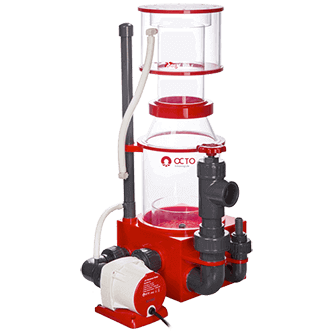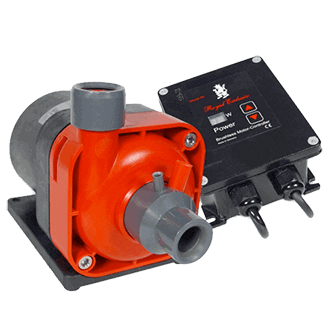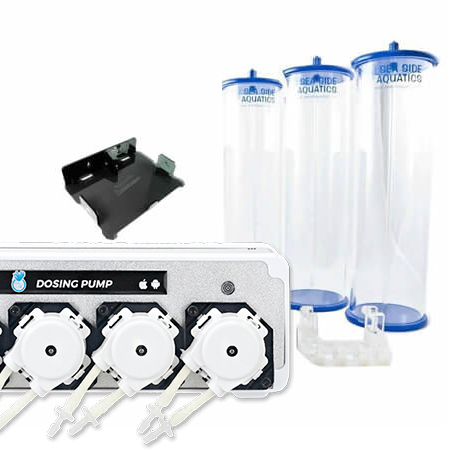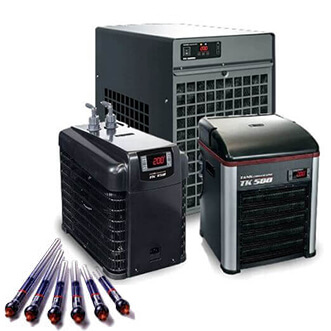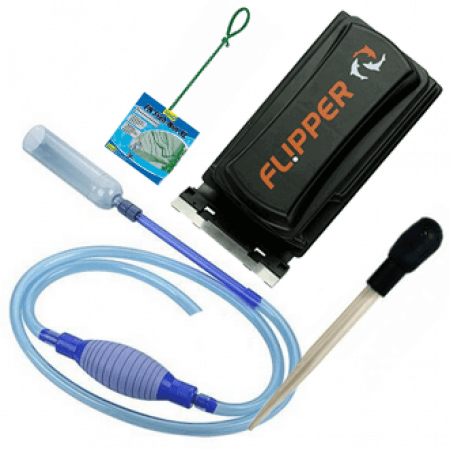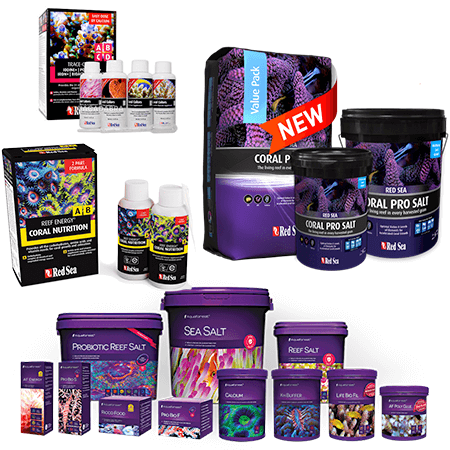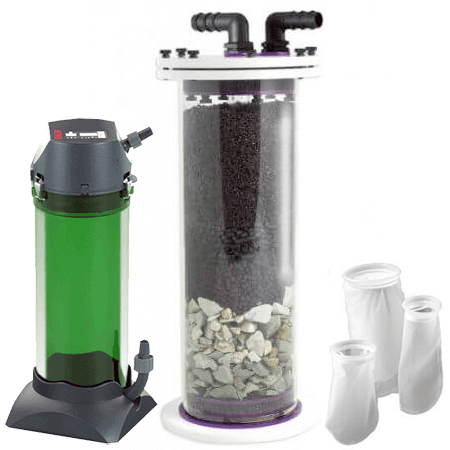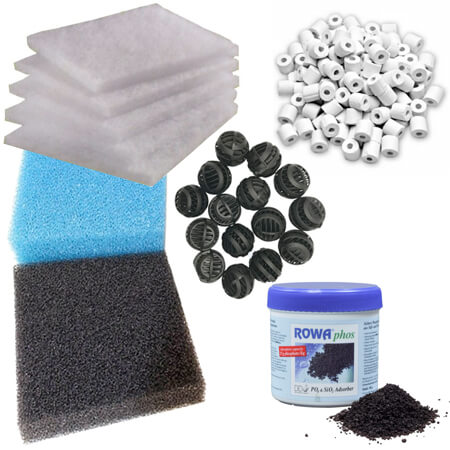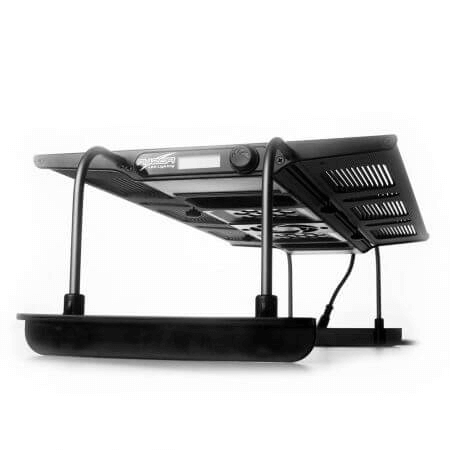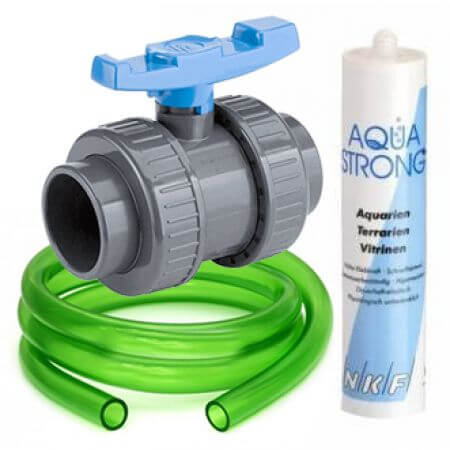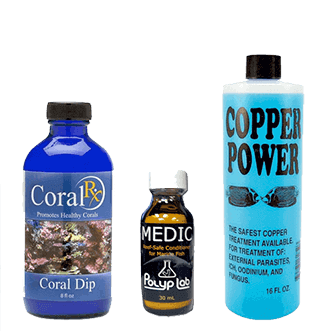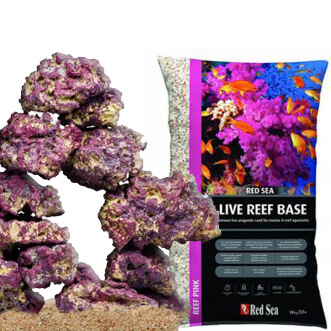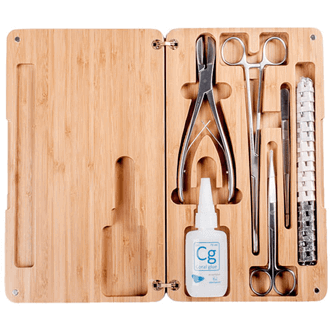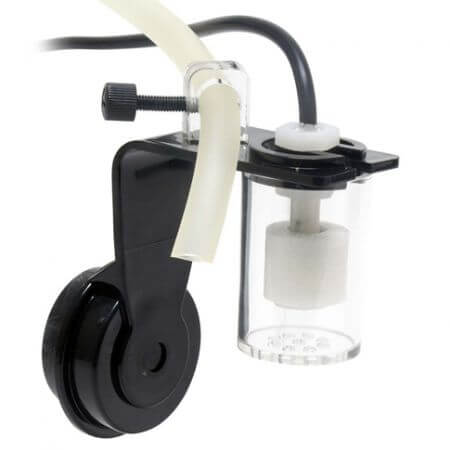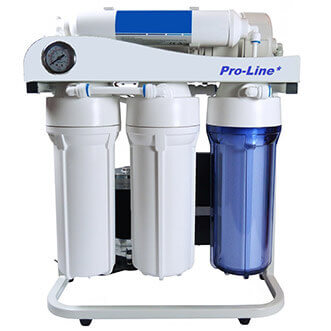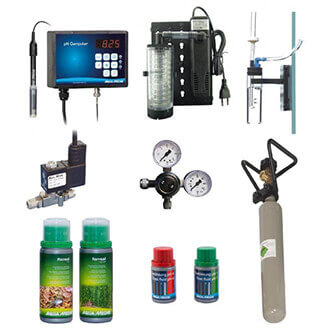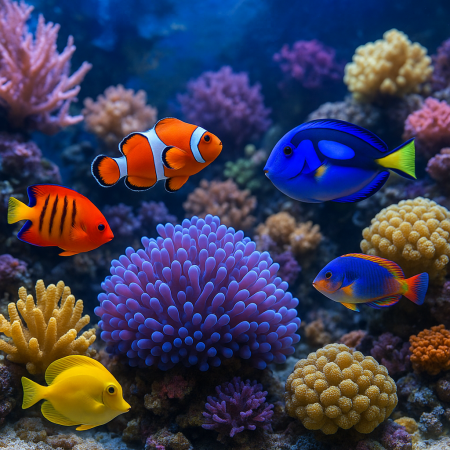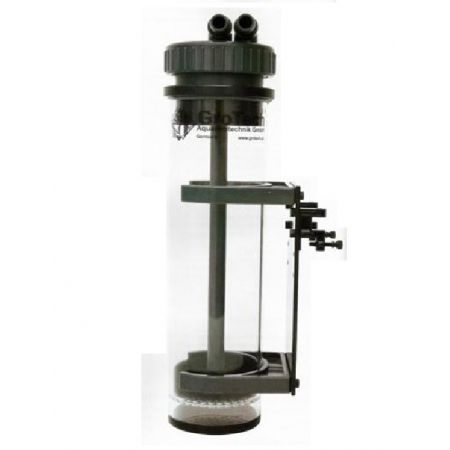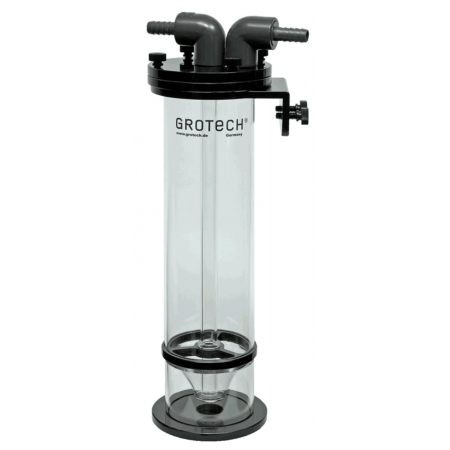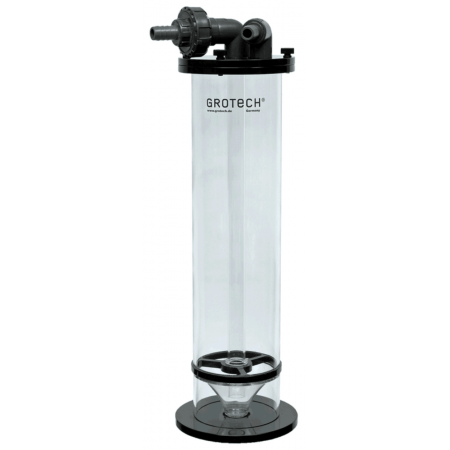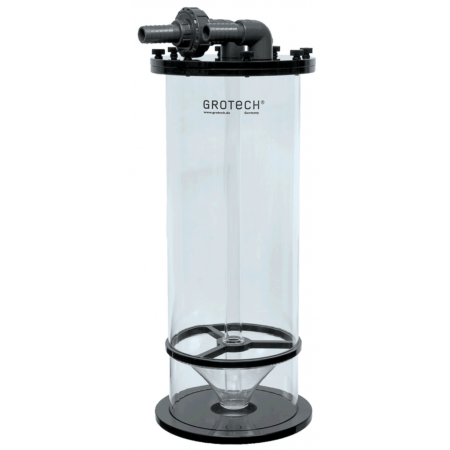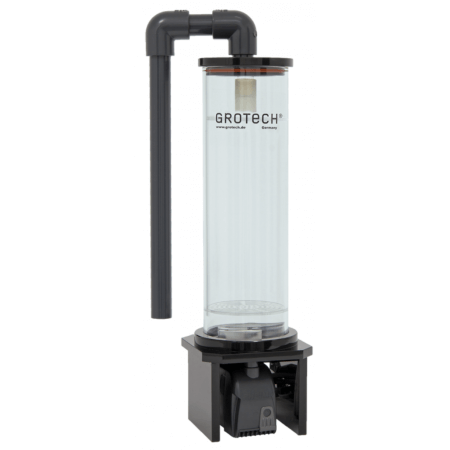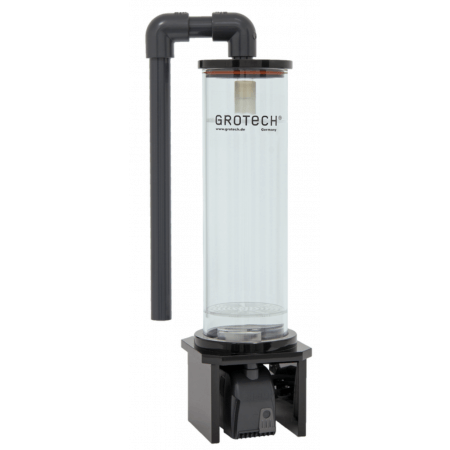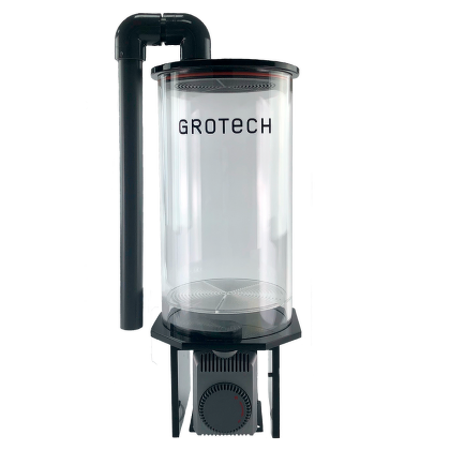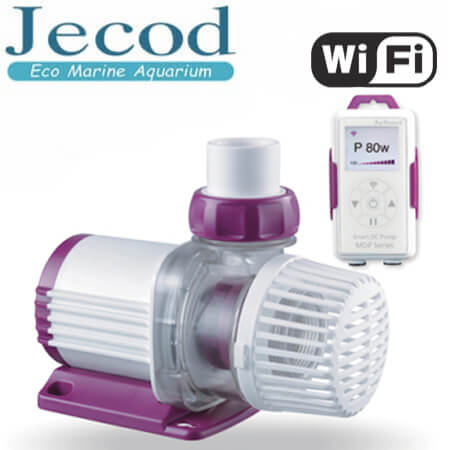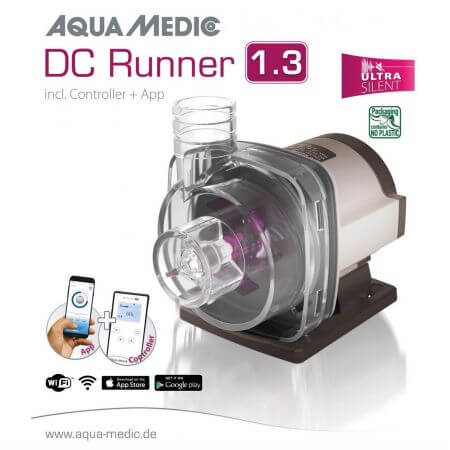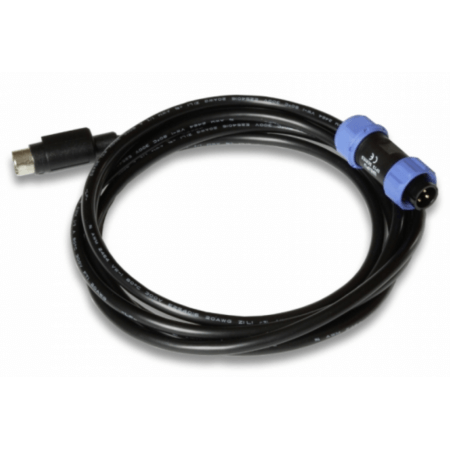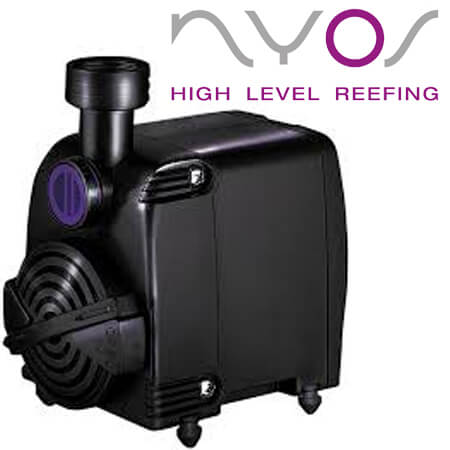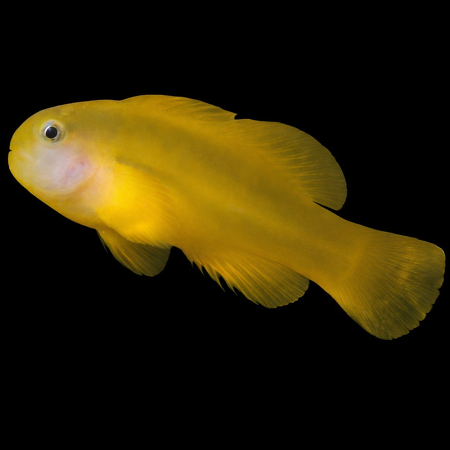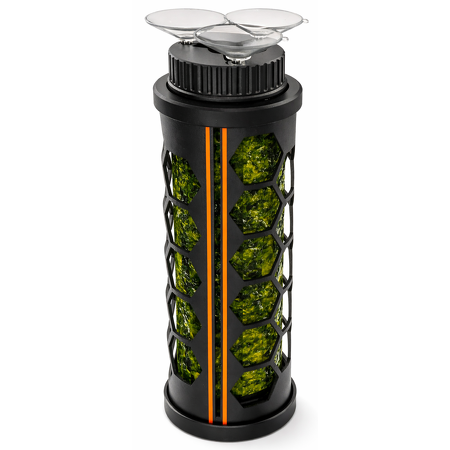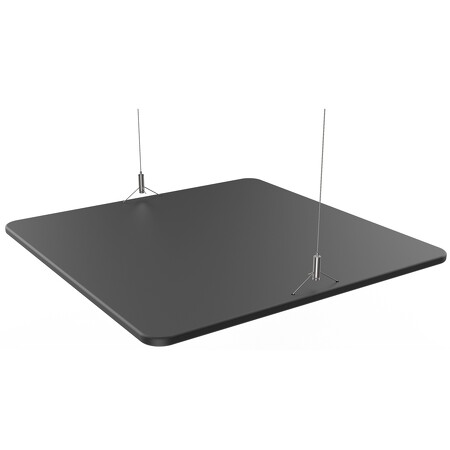Gretoech BioPelletReactor BPR-60-Intern incl. EHEIM Compact 300
BPR-60 internal - BioPellet reactor for the filter sump. For aquariums up to 300 l ....
Grotech BioPelletReactor BPR-60-Intern incl. EHEIM Compact 300
BPR-60 internal - BioPellet reactor for the filter sump. For aquariums up to 300 l.
Bio pellet reactor BPR-60 internal specifications
- Filter for use in the filter sump only.
- For aquariums up to 300 l.
- Dimensions 90 x 90 x 290 mm
- Minimum water level 13 cm
- Max. Height Capacity approx. 400 ml BioPellets
Scope of supply:
- Incl. EHEIM Compact 300/5 W.
- 250 ml NP-Minus BioPellets
NP-Minus BioPellets for seawater for nitrate and phosphate reduction.
The highly active NP-Minus BioPellets consist of 100% biodegradable polymers. These dissolve over a period of several months and act as a carbon source for aerobic bacteria and other microorganisms.
The pellets act as a food source for these microorganisms. Together with the nitrate and phosphate - which are usually abundant in the aquarium water - microbial biomass is localized.
Description of the exact mode of action of NP-minus BioPellets:
In various metabolic cycles running in the aquarium arise from organic nitrogen and phosphorus compounds, inorganic nitrate and phosphate components. The biochemical processes now leading now use the NP-Minus BioPellets to reduce them need a lot of oxygen. The increased oxygen demand as a result of their metabolism by suitable bacterial strains, which therefore use this carbon from the BioPellets as energy suppliers. It is therefore being expanded to use the NP-Minus BioPellets in a fluid bed filter or pellet reactor. In the first place, this ensures the necessary aerobic conditions and the gradual emergence of the grains of biofilm is also reliably and continuously sanded by the turbulence in the filter. It takes a few weeks for these processes to get started, so that sufficiently large bacterial populations have grown. The use of NP-Minus BioPellets can prevent or reduce the ugly growth of cyanobacteria, because the bacteria living on the BioPellets compete with the "red slime algae".
There are now two different methods of using or removing this immobilized nitrate and phosphate from the water cycle. In the first, the fluidized bed filter is installed before the protein skimmer. So due to wear in the filter, the resulting excess biomass is skimmed off by the protein skimmer and thus successfully removes the unwanted nitrate and phosphate from the aquarium circulation.
In tanks without a protein skimmer or bio-pellet filter installation after the protein skimmer, the resulting organic matter is available as food for aquarium inhabitants and corals.
Furthermore, extra biofilms of anaerobic bacteria are created on a small scale in anaerobic aquarium areas. These remove nitrogen components from the aquarium water through its denitrification. If the fluidized bed filter is fed from oxygen-rich water that comes from a skimmer, this has the advantage that there is always sufficient fresh aerated water available here.
Regardless of the arrangement of the fluidized bed filter component, this is generally important
the different strains of bacteria that settle on the pellets to receive the absolutely necessary oxygen for the highly efficient breakdown of pollutants. In order to provide sufficient oxygen for the highly efficient degradation of pollutants by the bacteria (especially in the darkness of the night), adequate gas exchange in the aquarium must be ensured. This can be guaranteed by means of aeration (eg by a skimmer), combined with sufficient water movement. For all other aquarium inhabitants it is important to prevent dangerous oxygen loss in the aquarium water.
In principle, the operation of the NP-Minus BioPellets is different from that. of denitrification reactors rsp. in vodka method Both use either food sources bound to plastic or only alcohol to use nitrate as oxygen source for bacterial metabolism under anaerobic conditions. For example, nitrate is gradually reduced to atmospheric nitrogen and can thus escape from the tank.
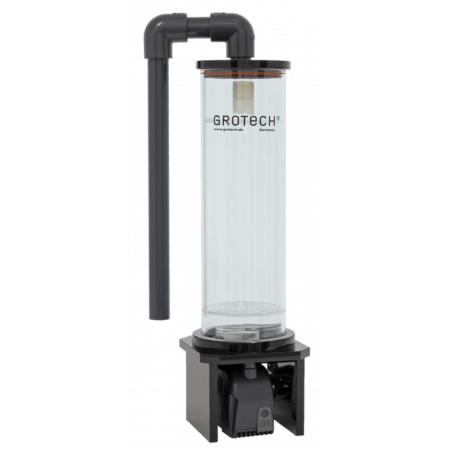
Brand
-
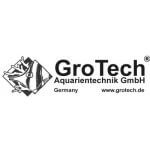
-
Grotech
View 248 other products
Shipment
-
Above € 50,- free delivery in NL & BEIn stock Ordered before 16:00, shipped today *
 BPR-60 internal - BioPellet reactor for the filter sump. For aquariums up to 300 l.
Grotech
BPR-60 internal - BioPellet reactor for the filter sump. For aquariums up to 300 l.
Grotech


Ocean Store

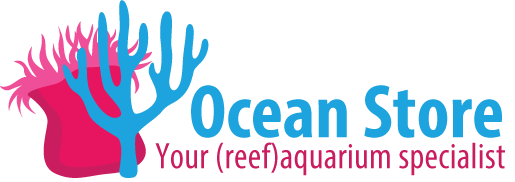

Ocean Store is a modern webshop with a large selection of reef aquarium equipment, supplements and food for your (marine) aquarium. We excel in reachability, service and speed. Not only in delivery of your ordered goods, but also in the adequate answering of your (marine) aquarium related questions. We are happy to share our passion for reef aquariums with you!
Open: Available Monday / Friday 9:00-20:00
Phone: +31(0)78-6456669
€ 0.99 - € 2999.99
EUR
479190
Jecod/Jebao MDP-10000 Wi-Fi opvoerpompen
MDP-10000
Grotech BioPelletReactor BPR-100 incl. 500ml Biopellets
GROTECH-00333
Nyos Viper 3.0 up to 3.000 Liter
Nyos Viper 3.0


